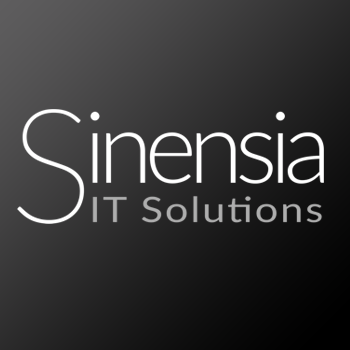
Descripción: Curso IBM Integration Bus V10 Application Development I
Formación en IBM Integration Bus
This course is also available as classroom course IBM Integration Bus V10 Application Development I (WM666G).
IBM Integration Bus provides connectivity and universal data transformation in heterogeneous IT environments. It enables businesses of any size to eliminate point-to-point connections and batch processing, regardless of operating system, protocol, and data format.
This self-paced course with hands-on exercises teaches you how to use IBM Integration Bus to develop, deploy, and support message flow applications. These applications use various messaging topologies to transport messages between service requesters and service providers, and also allow the messages to be routed, transformed, and enriched during processing.
In this course, you learn how to construct applications to transport and transform data. The course also explores how to control the flow of data by using various processing nodes, and how to use databases and maps to transform and enrich data during processing. You also learn how to construct data models by using the Data Format Description Language (DFDL).
For information about other related courses, see the IBM Training website:
http://www.ibm.com/training
IBM Customers and Sellers: If you are interested in this course, consider purchasing it as part of one of these Individual or Enterprise Subscriptions:
- IBM Learning for Automation Individual Subscription (SUBR021G)
- IBM Learning for Automation Enterprise Subscription (SUBR005G)
- IBM Learning Individual Subscription with Red Hat Learning Services (SUBR023G)
Formación IBM
Detalles
- Course introduction
- Introduction to IBM Integration Bus
- Application development fundamentals
- Exercise: Importing and testing a message flow
- Creating message flow applications
- Exercise: Creating a message flow application
- Connecting to IBM MQ
- Exercise: Connecting to IBM MQ
- Controlling the flow of messages
- Exercise: Adding flow control to a message flow application
- Modeling the data
- Exercise: Creating a DFDL model
- Processing file data
- Exercise: Processing file data
- Using problem determination tools and help resources
- Exercise: Using problem determination tools
- Exercise: Implementing explicit error handling
- Mapping messages with the Graphical Data Mapping editor
- Referencing a database in a message flow application
- Exercise: Referencing a database in a map
- Using Compute nodes to transform messages
- Exercise: Transforming data by using the Compute and JavaCompute nodes
- Processing JMS, HTTP, and web service messages
- Preparing for production
- Exercise: Creating a runtime-aware message flow
- Course summary
This intermediate course is designed for experienced Integration Specialists and Senior-Level Developers with experience in application development, messaging middleware applications, and transport protocols such as HTTP and FTP.
You should have:
- A basic understanding of current IT technologies such as Structured Query Language (SQL), Extensible Markup Language (XML), Java, and XML Path language (XPath)
- An understanding of the business needs of your organization
- A basic understanding of transport protocols such as HTTP and FTP, and message-oriented middleware such as Java Message Service (JMS) and IBM MQ
- Describe the features and uses of the IBM Integration Bus
- Develop, deploy, and test message flow applications
- Generate message flow applications from predefined patterns
- Use IBM Integration Bus problem determination aids to diagnose and solve development and runtime errors
- Describe the function and appropriate use of IBM Integration Bus processing nodes
- Write basic Extended Structured Query Language and Java programs to transform data
- Use the IBM Graphical Data Mapping editor to transform data
- Define, use, and test simple XML and Data Format Description Language (DFDL) data models
- Describe supported transport protocols and how to call them in message flows
Exercises
- Exercise 1: Importing and testing a message flow
- Exercise 2: Creating a message flow application
- Exercise 3: Connecting to IBM MQ
- Exercise 4: Adding flow control to a message flow application
- Exercise 5: Creating a DFDL model
- Exercise 6: Processing file data
- Exercise 7: Using problem determination tools
- Exercise 8: Implementing explicit error handling
- Exercise 9: Referencing a database in a map
- Exercise 10: Transforming data by using the Compute and JavaCompute nodes
- Exercise 11: Creating a runtime-aware message flow
Contáctenos a través de >éste formulario<
Precios especiales para la formación de grupos
Podemos adaptar cualquier curso a sus necesidades, e impartirlo en sus instalaciones o en nuestros centro de formación ContáctenosCursos relacionados


